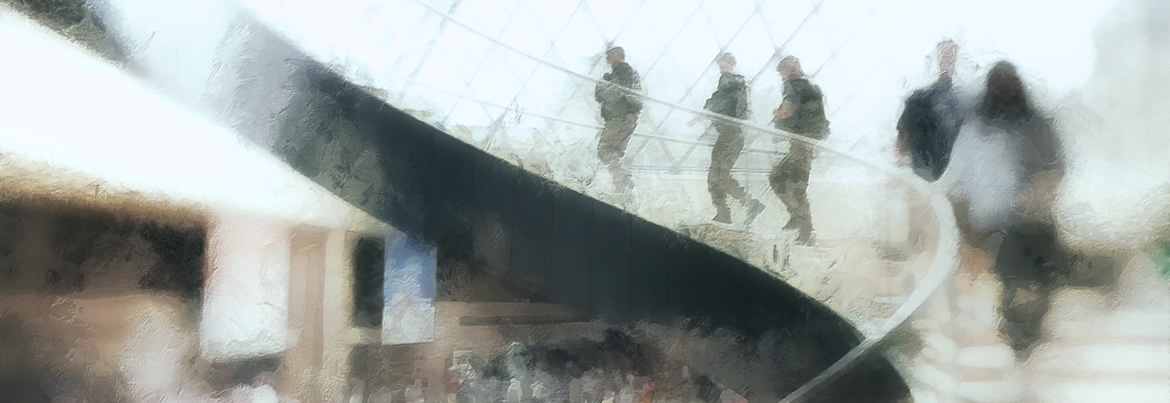An Interview with Mike de Sousa
Aesthetica is an international art and culture magazine which published an interview with Mike de Sousa in its June/July issue (2017). The unabridged interview follows.
Aesthetica is an international art and culture magazine which published an interview with Mike de Sousa in its June/July issue (2017). The unabridged interview follows.

